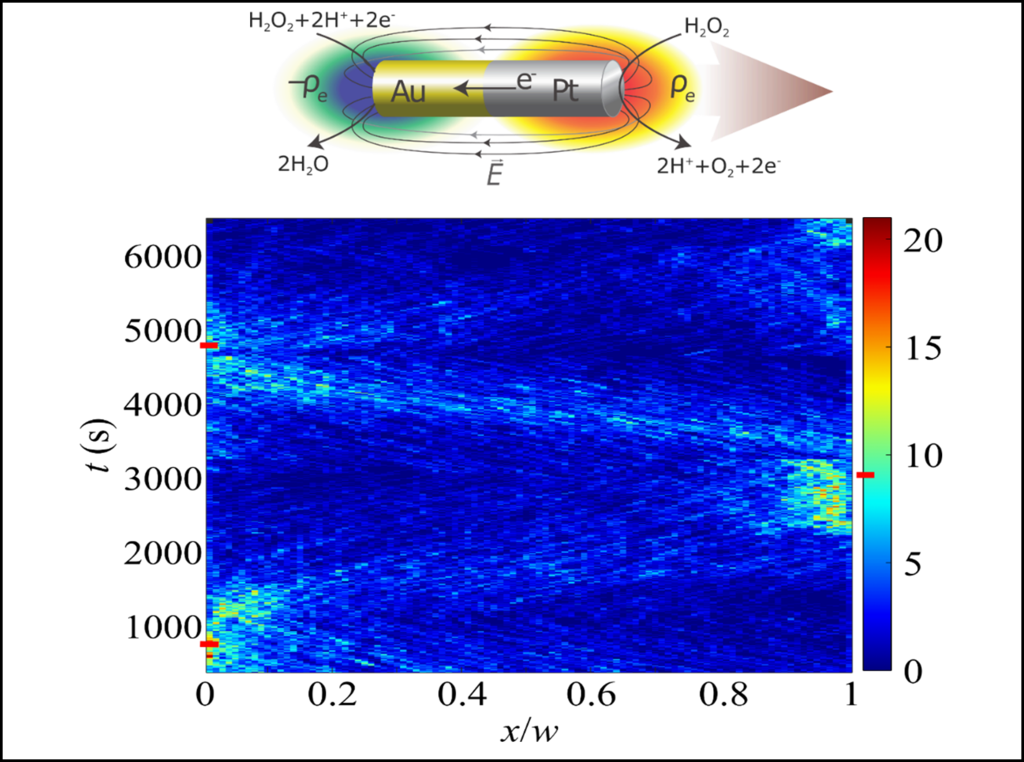"Picture a tiny submarine, small enough that you need a microscope to see it, that propels itself through liquids despite having no moving parts. We are designing, modeling, and fabricating several varieties of these artificial microswimmers, and researching their applicability for applications including wastewater remediation, heat transfer enhancement, and cancer treatment."
Thermal and Fluid Science
Thermal and fluid science research at Mason spans computational and experimental domains. Applications include diverse fields, such as computational modeling of blood flow, improving the energy efficiency of waste-water treatment, and understanding ship motions in waves.
Featured faculty conducting research in fluid-thermal sciences include:
- Juan Cebral (affiliate to Mechanical Engineering) runs the Computational Hemodynamics Lab. In his research, Cebral investigates the role of hemodynamics (blood flow) in cerebrovascular diseases. In particular, 3D image-based computational fluid dynamics is used to model blood flows in cerebral arteries on a patient-specific basis. The focus of this research is mainly on cerebral aneurysms and ischemic strokes.
- Jeffrey Moran is the principal investigator for the Nano/micro-scale Transport Engineering Laboratory. This lab studies the fundamental physics underlying nano and microscale transport phenomena in fluids, especially involving interfaces and electric fields. Moran's work will enable the design of better sustainable energy systems, more energy-efficient and affordable wastewater treatment methods, and even improved treatments for diseases like cancer.

(top) Microscopic platinum/gold nanorods propel themselves through hydrogen peroxide "fuel." Speed increases with peroxide concentration. (bottom) Asymmetric accumulation of rods occurs in a peroxide gradient. Initially (t = 0), peroxide concentration is high on the right and low on the left; over time, rods accumulate in the low-fuel (i.e., low speed) region on the left. At 800, 3200, and 4800 sec, the gradient direction is reversed. Each time. microswimmers accumulate wherever their fuel is scare. The Moran lab is now exploiting this phenomenon to design microswimmers that accumulate near cancer cells and release drugs preferentially in these regions.
- Leigh McCue runs the Vessel Dynamics Laboratory which capitalizes on George Mason University’s unique waterfront facility at the Potomac Science Center. The research team’s focus is on computational and experimental studies to better understand the dynamics and hydrodynamics of manned and unmanned vessels.
